Introduction
Durians, often hailed as the “king of fruits,” evoke a spectrum of emotions among food enthusiasts. Their unique aroma, which some describe as a blend of onions, garlic, and a hint of sweetness, is both polarizing and intoxicating. However, one common complaint among durian lovers is the occasional bitter taste that can mar the otherwise exquisite experience. This bitterness can stem from various factors, including the variety of durian, ripeness, storage conditions, and even the specific part of the fruit consumed. In this comprehensive guide, we will explore the reasons behind durian’s bitter taste and provide actionable strategies to ensure your next durian encounter is as sweet and delightful as it should be.
Understanding the Causes of Bitter Durian
Before diving into solutions, it’s crucial to understand the potential sources of durian’s bitter flavor. Here are some key factors:
-
Variety: Different durian varieties have distinct flavors, with some naturally tending towards bitterness. For instance, the D24 variety is generally sweeter, while the Musang King (or XO) can have a more complex, slightly bitter taste, especially when not fully ripe.
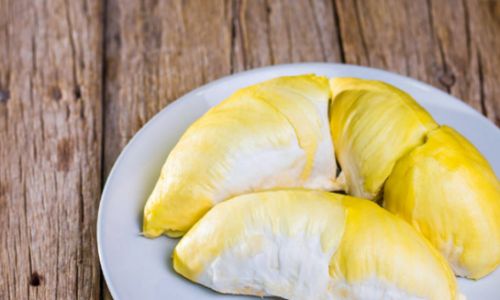
-
Ripeness: Durians that are underripe are more likely to taste bitter. The sugar content increases as the fruit ripens, balancing out any bitter compounds.
-
Storage Conditions: Improper storage, such as exposing the fruit to extreme temperatures or keeping it for too long after ripening, can lead to the development of bitter flavors.
-
Part of the Fruit: The flesh near the seed or the outer layers of the fruit can sometimes be bitterer than the central, softer parts.
-
Disease or Pest Infestation: Durians infected with fungi, bacteria, or pests can develop off-flavors, including bitterness.
-
Over-Handling: Bruising the fruit during harvesting or transportation can cause oxidation, leading to bitter compounds forming.
Strategies to Overcome Bitter Durian
Now that we’ve identified the potential causes, let’s delve into the strategies you can employ to minimize or eliminate the bitter taste in your durians.
Choose the Right Variety
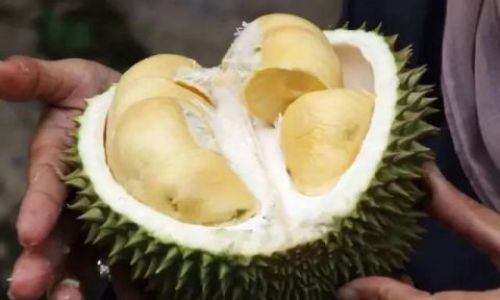
One of the simplest ways to avoid bitter durian is to select varieties known for their sweetness. Research and try different types to find your preferred sweet durian. Popular sweet varieties include D24, D101, and the Golden Phoenix. If you’re unsure, ask your local vendor or fruit importer for recommendations based on your taste preferences.
Ensure Optimal Ripeness
Ripe durians are key to enjoying their full sweetness. Here are some tips to ensure you’re picking or buying ripe durians:
-
Visual Inspection: Look for fruits with a uniform yellow-green hue, indicating ripeness. Avoid those with large green patches or dark spots, which may indicate under-ripeness or over-ripeness, respectively.
-
Touch Test: A ripe durian should yield slightly to pressure when gently squeezed. It should not be too hard (underripe) or too soft and mushy (overripe).
-
Smell Check: Ripe durians have a strong, distinctive aroma. While some people find the smell off-putting, it’s a good indicator of ripeness.
-
Sound Test: Shake the durian gently. If you hear movement inside, it could mean the seeds are loose and the fruit is overripe.
Proper Storage Techniques
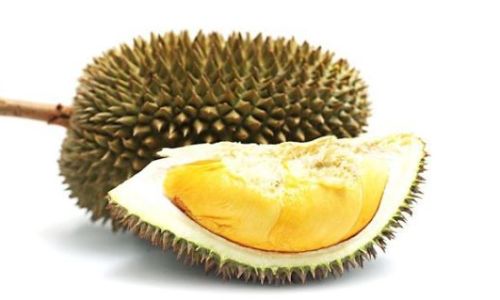
Once you’ve acquired ripe durians, storing them correctly is crucial to maintaining their sweetness.
-
Temperature Control: Store durians at room temperature (around 25-30°C) in a well-ventilated area. Avoid refrigerating them as this can alter their texture and flavor.
-
Humidity: Keep durians in a slightly humid environment to prevent the fruit from drying out.
-
Duration: Consume durians within a few days of purchasing to ensure they retain their freshness and sweetness.
Selecting the Best Parts of the Fruit
When opening a durian, pay attention to the different sections of the flesh.
-
Avoid the Edges: The flesh closest to the shell and the seeds tends to be more fibrous and bitter. Focus on the softer, central portions for the sweetest taste.
-
Inspect for Discoloration: Discard any sections that appear discolored or have a different texture, as these may be bitter or spoiled.
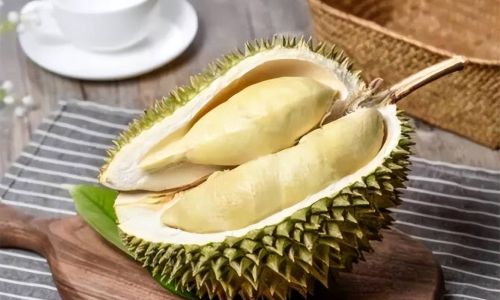
Handling and Preparation
Careful handling during and after harvesting can significantly impact durian’s taste.
-
Gentle Harvesting: Ensure that durians are harvested with minimal damage to the husk. This prevents internal bruising and the formation of bitter compounds.
-
Prompt Consumption: Eat durians as soon as possible after purchasing or harvesting to avoid any changes in flavor due to aging.
Disease and Pest Prevention
To avoid bitter durians due to disease or pest infestation, choose fruits from reputable suppliers and inspect them carefully before purchase.
-
Supplier Reliability: Buy from vendors who prioritize quality and have a good track record with durian sourcing.
-
Visual Inspection: Look for signs of pests, mold, or other imperfections that could indicate disease or infestation.
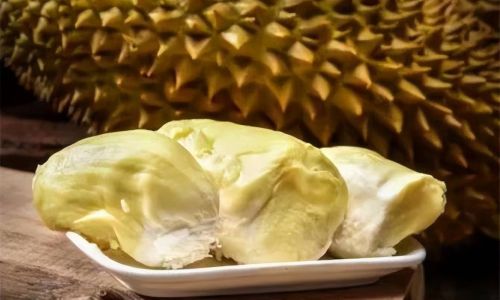
Experimenting with Cooking Methods
While many enjoy durian raw, cooking can sometimes mask bitterness and enhance sweetness.
-
Durian Ice Cream or Desserts: Blending durian flesh with sugar, cream, or other sweeteners and freezing it can create a delicious treat that minimizes bitterness.
-
Baking: Incorporating durian into baked goods like cakes or pies can balance its flavor with other ingredients.
-
Cooking with Spices: Adding spices like cinnamon or vanilla can help mask bitter notes and enhance the overall flavor profile.
Conclusion
Enjoying durian without the bitter aftertaste is possible with careful selection, proper handling, and understanding of the fruit’s nuances. By choosing the right variety, ensuring optimal ripeness, storing durians correctly, selecting the best parts of the fruit, and experimenting with different preparation methods, you can elevate your durian experience to one of pure, unadulterated sweetness. Remember, the key to overcoming durian’s bitter taste lies in attention to detail and a willingness to experiment until you find the perfect combination that suits your palate. Happy durian hunting!
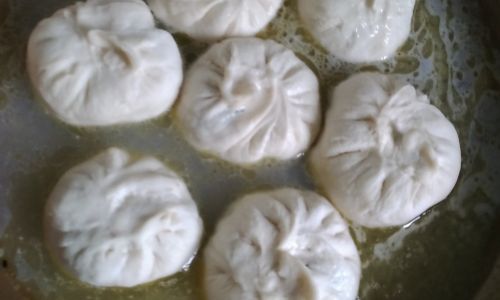

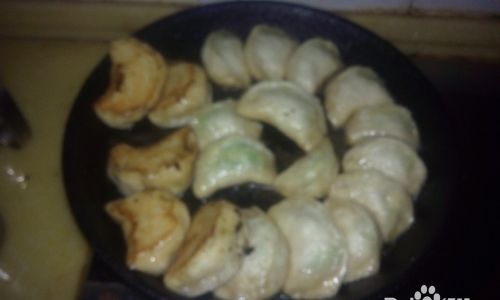
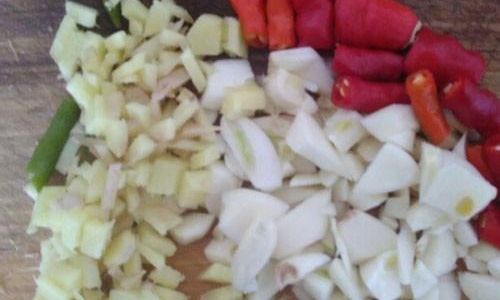
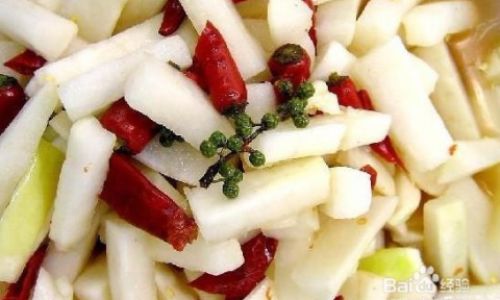
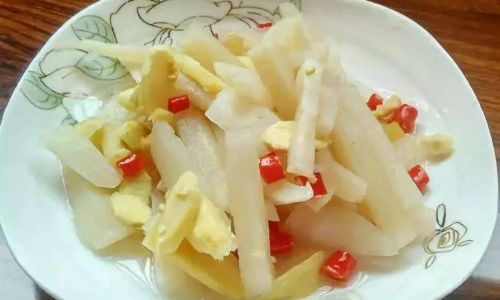
0 comments